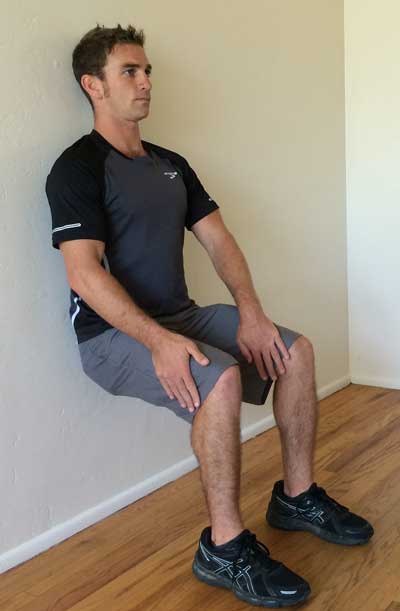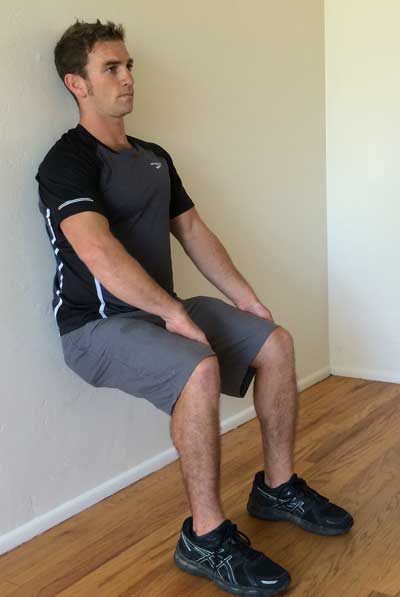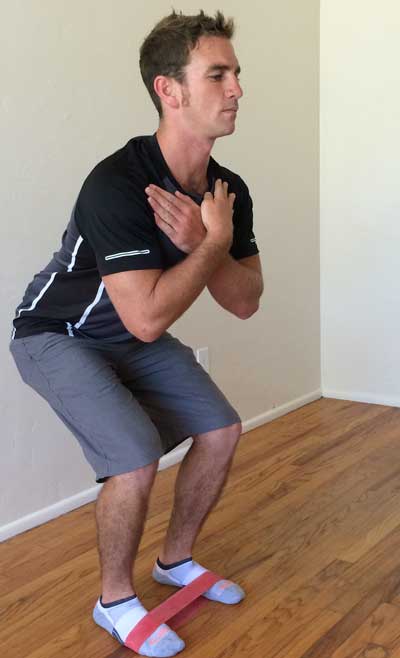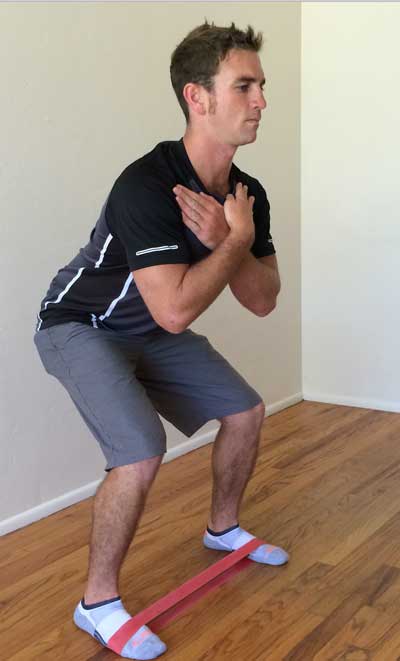
Preparing for Ski Season
Like to ski? Are you in ski-ready shape? A well-rounded exercise program can strengthen specific muscles used in skiing and set you up for success. Beverly Hosford, MA, author, presenter and Muscle Activation Techniques™ certified specialist, explains how.
Program Components
A ski-specific exercise program should include a warm-up; balance training; core exercises; isolated exercises; sport-specific training; and cross-training. (If you’d like help creating a personalized program, find a certified personal trainer at www.ideafit.com/fitnessconnect.)
Warm-Up
Active-stretching exercises specific to the mechanics of skiing are the most appropriate for warming up the muscles. Type “downhill skiing USSA” into YouTube’s search box and watch the mechanics of skiing athletes to familiarize yourself with the movements at each joint.
Exercises
- Windshield wipers with tibia (ankle): Align knees with ankles.
- Torso rotations while holding squat (core and legs): Relax shoulders.
Balance Training
Ski turns constantly shift weight from one leg to the other. If you lose control and stand up on one leg, your ability to stabilize on one ski can make the difference between regaining control and cartwheeling down the mountain. Being able to hold weight on one ski also enhances performance.
Foot strength is important for balance. Proprioceptive feedback from the feet allows you to interpret the “feel” of the terrain more accurately when making the fast decisions required to stay in control. Balance exercises with or without shoes can increase proprioception in the feet. The simple single-leg balance is a great option for beginners, but here are some ways to progress:
Exercises
- Side hops and hold-one-leg squat: Engage core and land softly.
- Bosu® Balance Trainer weight shift: Stand on flat side, and shift right to left in squat position.
Core Exercises
A strong core will support the rest of the body over the legs during skiing. Isometric abdominal exercises with slight rotations will mimic the motion that occurs during skiing. (Isometric movements create muscle tension without changing muscle length.) A few abdominal exercises specific to the movements of skiers will add quality to your workout.
Exercises
- Plank hold with alternating hip abduction: Keep legs close to ground.
- Side plank hold with hip dips.
- V-sit hold with rotation: Feet can be on floor or hovering above it.
Sport-specific wall sit with medial/lateral pressure.
Isolated Exercises
Isolated exercises target a specific muscle, while sport-specific exercises—discussed in the next section—use a group of muscles that work together. Take, for example, rectus femoris: An isolated exercise for this muscle would be hip flexion or knee extension movement; a sport-specific exercise would be a squat or lunge with rotation.
Identifying weak muscles in the gym and isolating them will ensure that all of the muscles work together instead of just the strongest ones. Isolated exercises also build awareness of individual muscles and can be used to identify strength discrepancies between the right and left sides of your body.
Exercises
- Knee extension (rectus femoris and vastus intermedius).
- Hip abduction lying on side with internal/external rotation (gluteus medius).
Sport-specific side band walk in squat.
Sport-Specific Training
Exercises specific to skiing mimic the movements of the skier on the hill. The USSA (2012) emphasizes the need to exercise with eccentric contractions at a slower rate than for other sports because the hip angle does not change significantly during ski turns. (Eccentric actions happen when the muscle acts as a resistive force and lengthens while it creates tension.)
Exercises
- Wall sit with medial/lateral pressure.
- Side band walk (band around feet/fifth metatarsal) in squat (peroneus longus).



